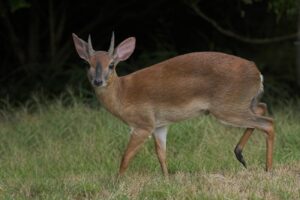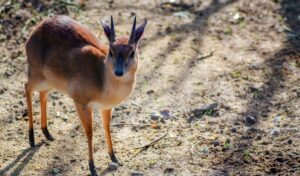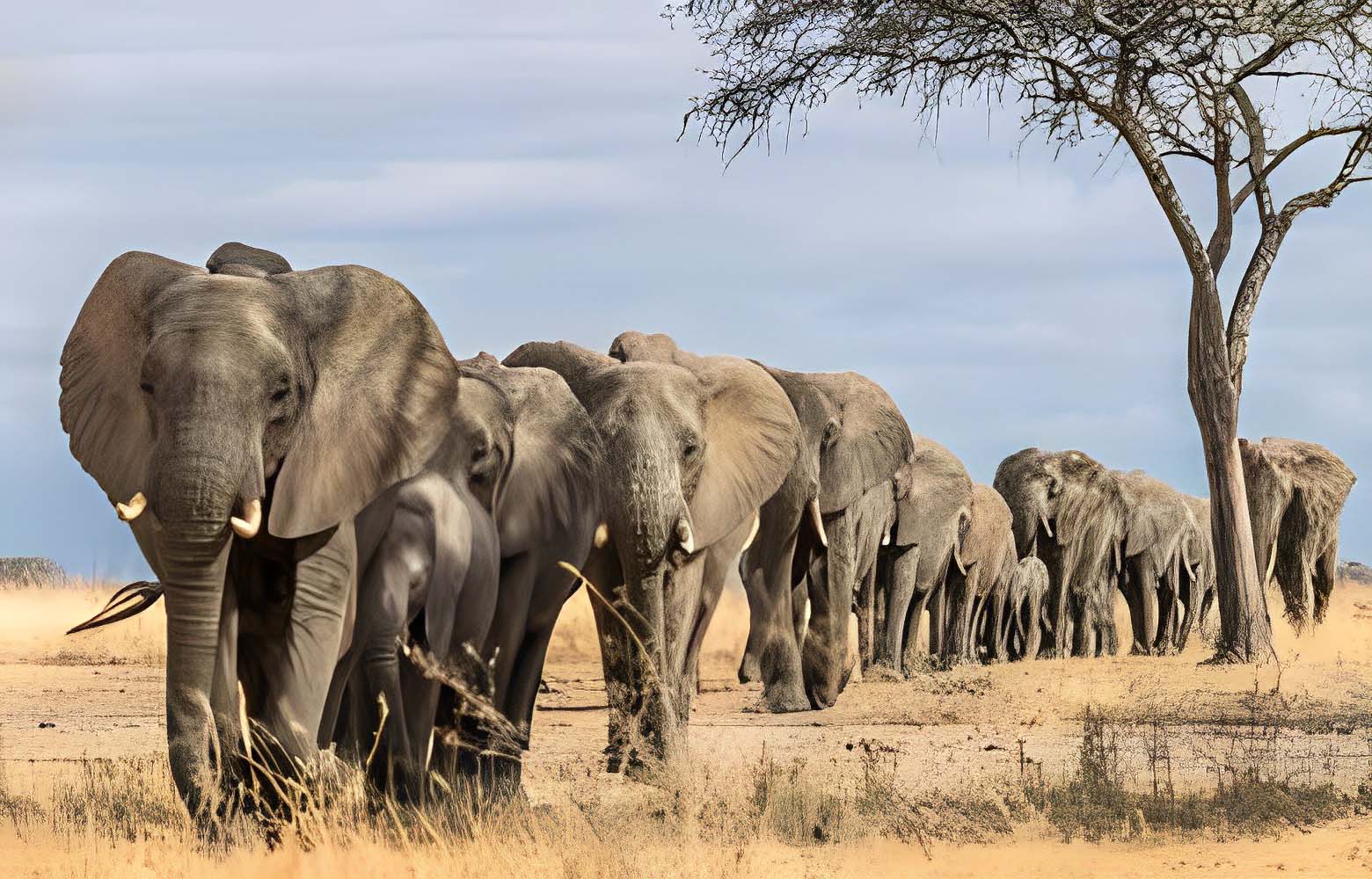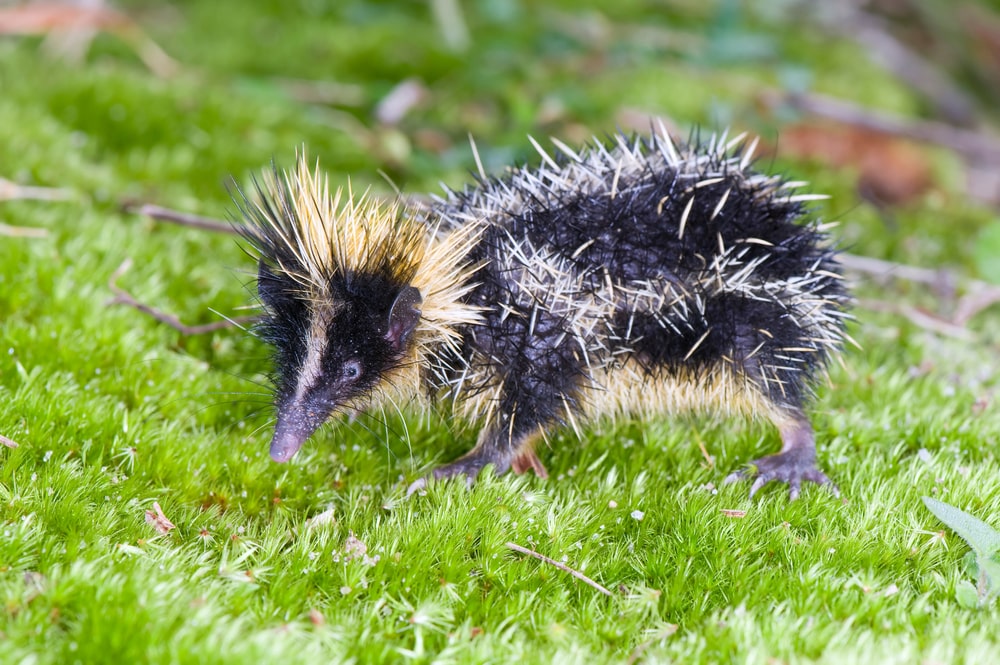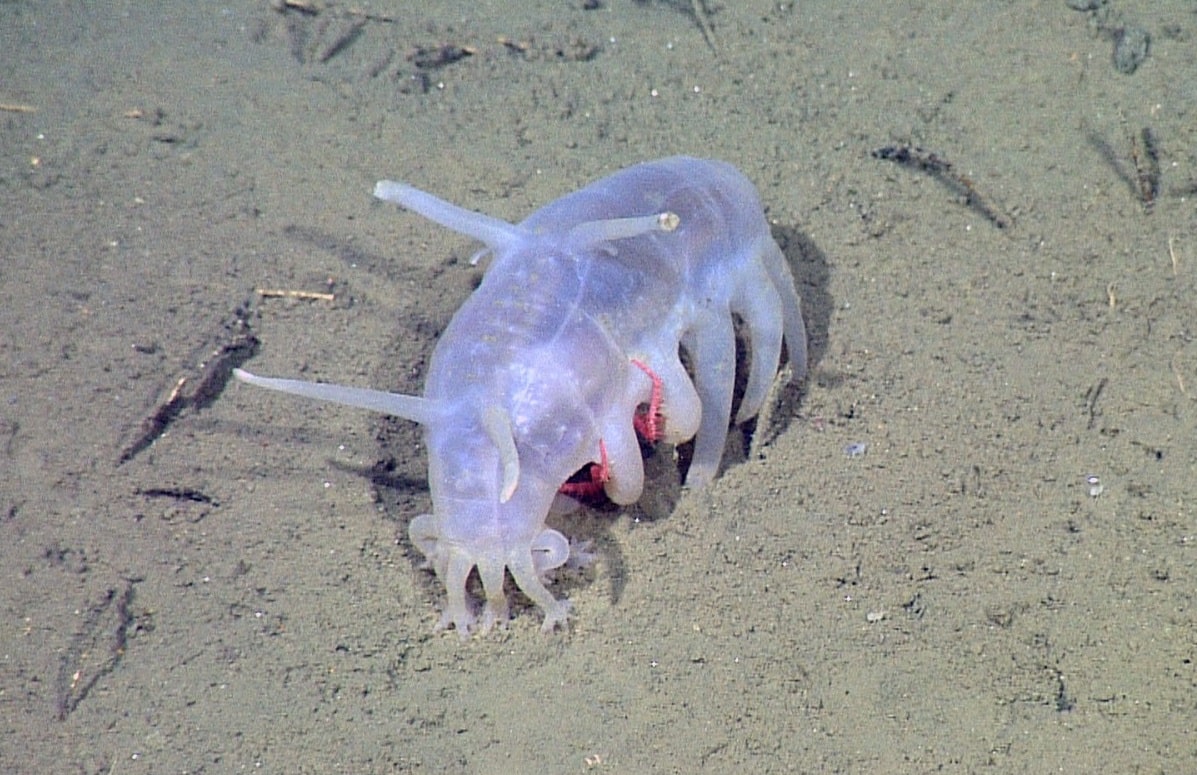Suni Antelope facts, Size, Habitat, Diet, Life Cycle & Threats
The Suni (Nesotragus moschatus) is a small, forest antelope that lives in southeastern Africa. These ungulates range from sea level to 1.6 miles (2,700m) in elevation. They in habitat hilly evergreen and deciduous forests from coastal regions to mountain foothills. Sunis obtain water from the foods they eat, so they don’t require a source of water in their habitat in order to survive.
Suni Antelope Diet
A majority of the suni’s diet consists of leaves. These are either gathered directly from the forest understory or collected from the ground where freshly fallen leaves from the forest canopy lay ripe for eating. These antelope also eat fruits, mushrooms, and dug up roots. Sunis associate with colobus monkeys under whom they forage.
The monkeys accidentally drop morsels from the trees above for the antelope to eat on the ground below. Plus, they provide a warning system for danger. When colobus monkeys scatter, a suni knows a predator is near. Sunis are eaten by eagles, rock pythons, spotted hyenas, and more.
Suni Threats
The antelope freezes as a threat draws near and only moves when the imposing animal is right on top of it! Like an impala, the suni will jump straight in the air and bound away into the dense forest, disappearing in a flash. Suni babies are especially adept at hiding. They’re born darker in color than their parents and tuck away into the shadows of deep thickets.
Are Suni Antelope Stinky?
Suni Antelopes territories are small, heavily defended, and clearly defined. These antelope have some of the largest preorbital scent glands of all living antelopes in relation to body size. Antelope have scent glands on their faces that produce a musky odor which they use tomark their territory, and the suni is no exception. In fact, like prehensile tailed skinks, sunis are stinky!
They coat twigs and sticks along the walking trails in their habitat with a thick, black substance to let others in the area know where they live. They also use communal dung heaps on which the dominant male and all the females in the areas will urinate and defecate.
Suni Life Cycle
Males may have a handful of females overlapping with his range, but most often he has a single partner with whom he mates. If another male enters his domain, they’ll chase, bite, and try to buck each other with their horns. Only male sunis have horns, and these can reach up to 5 inches (13cm) in length! Sunis reach reproductive maturity around a year of age.

The female typically has one baby per birth, and she gestates about 180 days. The baby is born in a thicket and remains there for a few weeks before it ventures out. Female sunis may remain in their parent’s territory for longer, but males are driven out by six to eight months of age. It’s unknown how long sunis live in the wild, but they can reach more than a decade old in captivity.
Size of Suni Antelopes
These are small antelopes standing about a foot (30.5cm) tall at the shoulders and weighing between six to eleven pounds (3-5kg) on average, so they’re not much bigger than a housecat! Sunis are active during twilight and nighttime hours and they spend their days sleeping in the thick forest understory.
